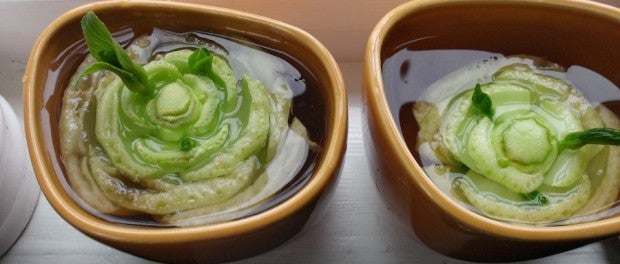Flexible Winter Gardening Uses Water Alone

As the cold weather starts to set in and the days get shorter, it begins to get harder to accomplish tasks around the farm. With daylight hours becoming more precious, we may have days where it is essential to pick and choose what gets done. Over a long enough time line, having to make such choices can really compromise your operation. In order to avoid falling behind due to the reduction in sunlight and the upcoming winter weather, why not make things easier on yourself while you still can?
One area of the farm in particular that can become compromised due to inclement weather and a lack of time is the garden. Though we all love growing our own food, we are faced with some difficulties as the seasons change. Some vegetables do thrive in the fall whereas others do not, but there is a way around some of that if you practice flexible winter gardening by simply bringing the garden indoors.
Many of the vegetables commonly grown in a farm garden are actually flexible enough to not only be relocated inside, but to do so without dirt. These vegetables can be grown in water alone which greatly conserves space as well as the human energy it otherwise takes to plant and care for them. On top of that, money can be saved as well, which makes the idea all the more appealing. Some of the vegetables that can be regrown in water are as follows:
Celery: in order to regrow celery in water, cut off the bottom of the stalk and place it in water. New growth will begin to emerge from the center in less than a week. Fully mature stalks will take a little longer, but soon you will have celery growing with very little effort.
Green Onions: place the white base in water and you will soon see new growth emerging. Trim what you wish to use off of it as needed and growth will continue.
Garlic Chives: place a garlic clove in water but do not fully submerge and watch shoots emerge. Trim off what you need for cooking and growth will continue.
Lettuce: place the bottom of the head in a small bowl. Within a few days, new growth will be present around the center. It will take a couple of weeks to have enough for a full salad, but you’ll be well on your way with just water for growing.
Cabbage: place the base of the head in a small bowl of water. As growth appears, harvest what you need. The smaller the pieces are when harvested, the more tender they and their flavor will be.
Though the veggies above are a good start, other options include Bok Choy, Fennel, Leeks, and Lemongrass. Just be sure to keep an eye on water levels to ensure vegetables are getting what they need to grow. Regardless of which ones you choose to try, the bottom line is the same: farm fresh organic vegetables all year long with minimal effort and expense as well as none of pest control issues you are faced with when gardening outdoors. The all-around savings of money, time, materials, and energy associated with this method are pretty hard to beat, so give it and try and see for yourself how much you can do with just a little bit of water.






 Your Privacy Choices
Your Privacy Choices
Leave a comment